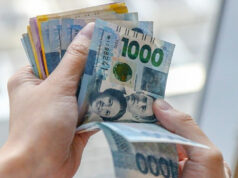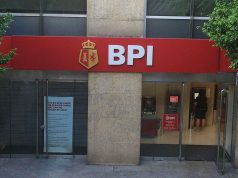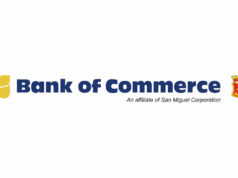The many facets of development
DEVELOPMENT means different things to different people in different places, at different times. In broad terms however, development is progress, a change from one state to a better state. But not any change qualifies as development. Change must be reasonably rapid, visible and substantive. It must be capable of being measured, quantitatively or qualitatively.
The traditional view of development considers purely the economic growth aspect which refers to the capacity of the national economy to generate and sustain a rapid annual increase. It is development in its aggressive sense where the key assumption is rapid gains in overall and per capita gross national product and gross domestic product. This big push will trickle down to the masses in the form of jobs and other economic opportunities. Aggregate growth in output is primary while redistribution of benefits of growth is secondary.
This view has long been criticized as insufficient. Adam Smith’s invisible hand theory doesn’t work because of market failure. The more modern view embraces the idea of redistribution. Redistribution is measured in terms of actual reduction or elimination of poverty, inequality and unemployment.
Redistribution has even been expanded to ensure that the human person is involved. Development is thus about expanding the choices people have to lead lives that they value. It is about creating an environment in which people can develop their full potential and lead productive, creative lives in accord with their needs and interest. Economic growth is only a means, even if a very important one, of enlarging people’s choices.
This has led to the focus today on the idea of inclusion. Development happens when policies and institutions support greater inclusiveness and equity in access to services, resources and opportunities. This means empowerment of poor and marginalized groups to participate in social, economic and political life.
The most advanced view of development embraces the idea of political and economic freedom. Various freedom is covered like freedom for full political participation, from inequality, for economic control. These are not only the end results of development but are enabling mechanism to achieve development. One takes into account capabilities of recipients to pursue desirous choices for themselves.
Development thus is a broad and comprehensive term, with economic, human, social and political dimensions. It is progress that is substantive, shared, inclusive and with positive impact on the human person and on society. And in its recent evolution, it also encompasses the concern on the planet with recognition of the huge influence of climate change.
It is not a surprise therefore, that the United Nations Development Programme (UNDP) sustainable development goals — all 17 of them — represent a universal call to action to end poverty, protect the planet and ensure that all people enjoy peace and prosperity. The UNDP development dimensions are covered in 5 Ps. People is for ending poverty and hunger in all forms and ensure dignity and equality. Planet is for protecting our planet’s natural resources and climate for future generations. Prosperity is ensuring prosperous and fulfilling lives in harmony with nature. Partnership is implementing the agenda through a solid global partnership. And Peace is for fostering peaceful, just and inclusive societies.
Development is a complex and multi-dimensional concern. As Joseph Stiglitz said, “development is about transforming the lives of people, not just transforming economies.”
The views expressed herein are his own and does not necessarily reflect the opinion of his office as well as FINEX.
Benel D. Lagua is Executive Vice President at the Development Bank of the Philippines. He is an active FINEX member and a long time advocate of risk-based lending for SMEs



